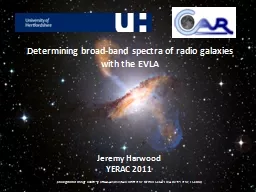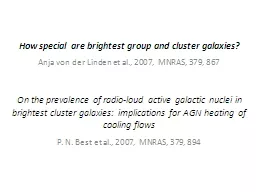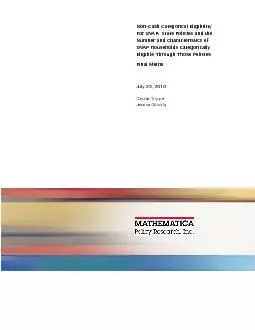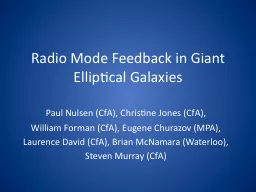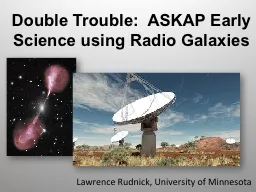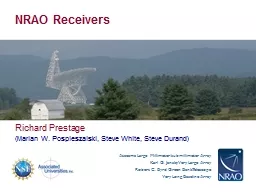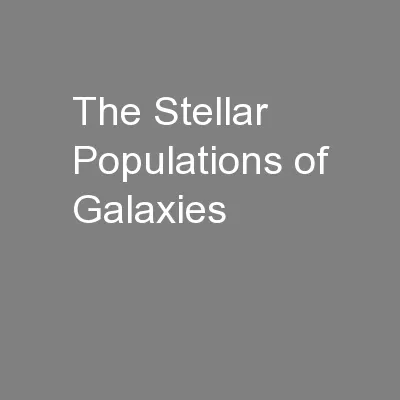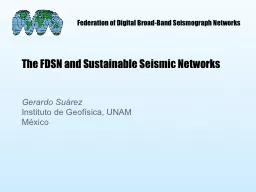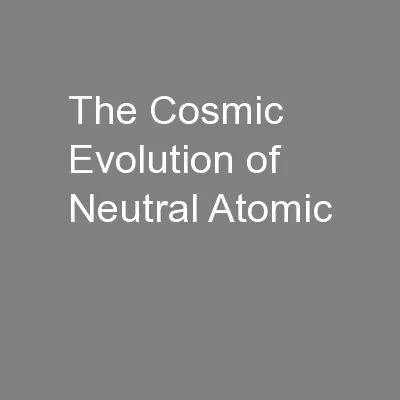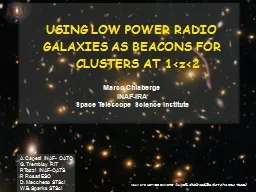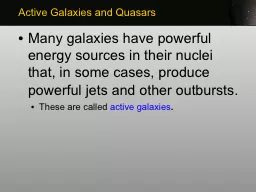PPT-Determining broad-band spectra of radio galaxies with the EVLA
Author : briana-ranney | Published Date : 2018-02-22
Jeremy Harwood YERAC 2011 Background Image courtesy of NASACXCCfARKraft et al MPIfRESOAPEXA Weiss et al ESOWFI What are radio galaxies Type of active galaxy Fanaroff
Presentation Embed Code
Download Presentation
Download Presentation The PPT/PDF document "Determining broad-band spectra of radio ..." is the property of its rightful owner. Permission is granted to download and print the materials on this website for personal, non-commercial use only, and to display it on your personal computer provided you do not modify the materials and that you retain all copyright notices contained in the materials. By downloading content from our website, you accept the terms of this agreement.
Determining broad-band spectra of radio galaxies with the EVLA: Transcript
Download Rules Of Document
"Determining broad-band spectra of radio galaxies with the EVLA"The content belongs to its owner. You may download and print it for personal use, without modification, and keep all copyright notices. By downloading, you agree to these terms.
Related Documents

